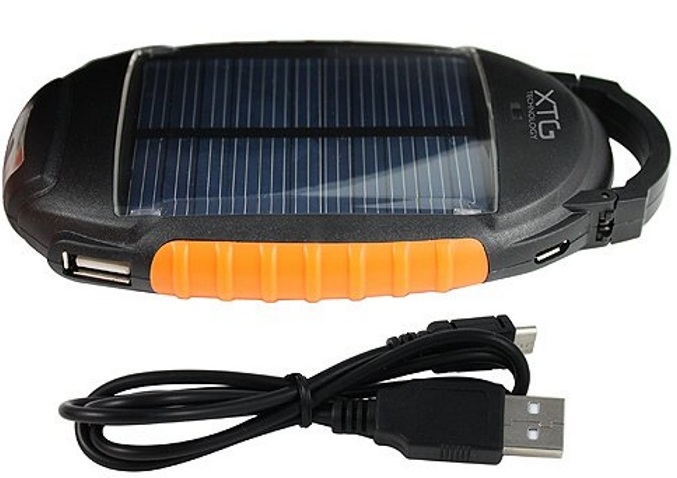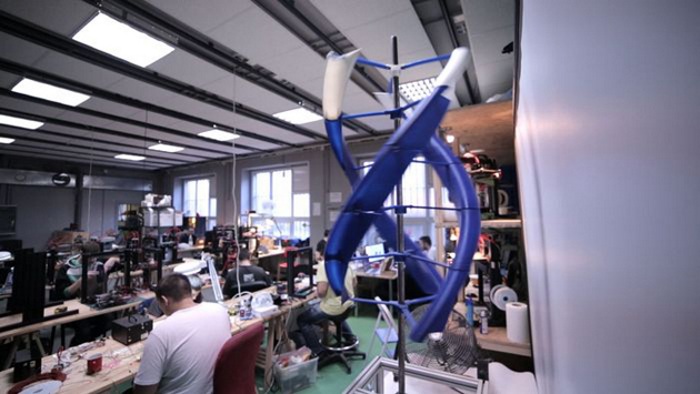Clean, portable energy generators are a terrific technology but for the most part, they’re limited in the amount of energy they can produce.

At best, the average mobile energy generator yields just enough to power up a small device like, say, a music player or smartphone.
A new technology introduced to Kickstarter recently just might change this, and it’ll do it in a big way. Produced by Poland-based Omni3D, the AirEnergy 3D is a 3D-printed wind turbine that can fit into a backpack and yet still produce up to 300 W — enough to power up a significantly wider range of devices, from smartphones to high-powered laptops and more, and all at the same time.

Some of the noteworthy stats about this device: it can provide up to 25 A with 12-V output; 220 V (300 W) – 1.4 A (post-attached inverter), 120 V (300 W) – 2.8 A (post-attached inverter). Also, the design works with any 12 VRLA battery. For maximum power output (300 W), a wind speed of 10 m/s is needed; minimum wind speed of 3m/s is necessary for the device to work at all (this is typical for these types of devices).
The AirEnergy 3D can vary in height from 3.93 feet up to 6.56 feet tall. Its diameter is 4.1 feet, and the entire thing weighs 55 pounds.
Once the device is fully developed, the groups says they will upload all of its technical data for everyone to use free of charge. All components will be fully catalogued, together with assembly instructions. The only thing not included: the 3D printer you’ll need in order to create the AirEnergy 3D.
While part of the goal is to, obviously, advance the niche industry that is portable energy generators beyond the limitations presently holding it back, the larger idea here is to provide a means of power to the developing areas of the world that are without reliable, renewable power sources.

AirEnergy 3D is on Kickstarter right now, where it’s pretty close to surpassing its goal with just a little under a month left. If you’re interested in getting your own model come February, act fast and donate now. Omni3D said that they would only be producing a handful of units to those who pledge $484 or more. After that, the group plans on bringing the cost of producing the device down to $350, but it might take a bit of time for it to be made available.
Story via kickstarter
Advertisement
Learn more about Electronic Products Magazine





